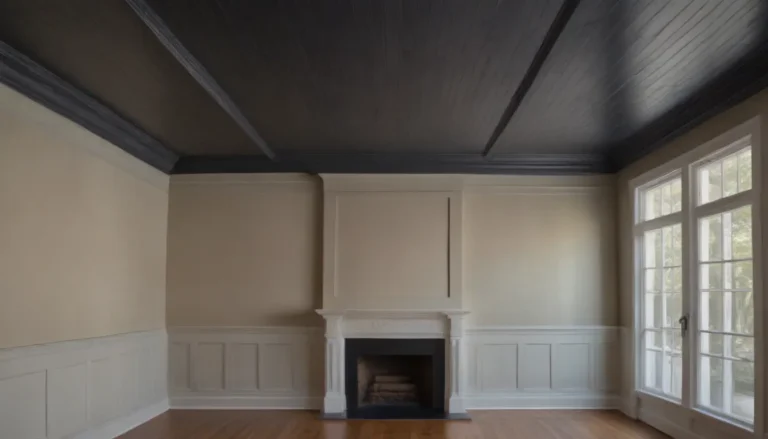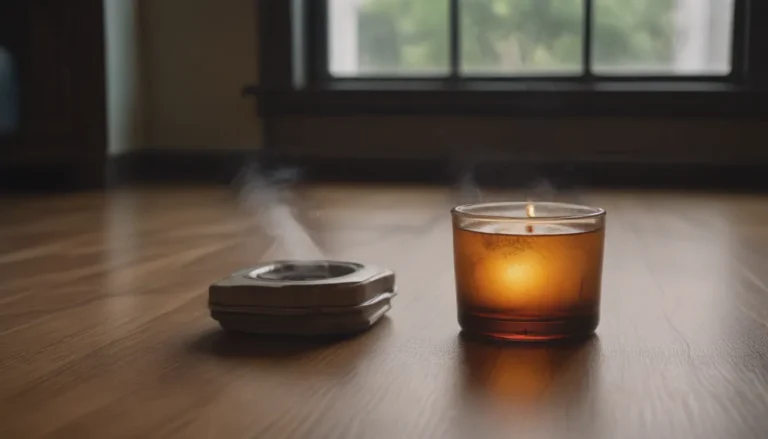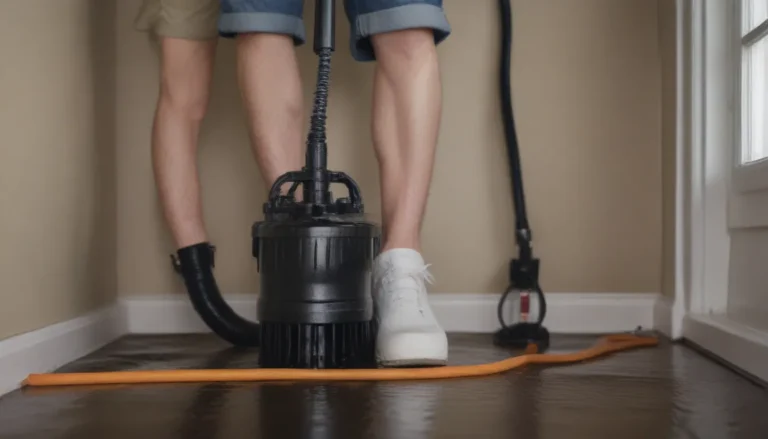The Ultimate Guide: How to Efficiently Scrape Paint for Your Next Project

Are you getting ready to tackle a painting project but feeling overwhelmed by the thought of scraping old paint off surfaces? Fear not, as we have you covered with this comprehensive guide on how to efficiently scrape paint using common tools. Whether you are working on painting a house, fence, or any other structure, scraping off old paint is a crucial step in ensuring a long-lasting and professional finish.
Why You Need to Scrape Paint
Paint that is cracked, peeling, blistered, or loose can cause your newly painted surface to deteriorate quickly. This is why scraping off old paint is necessary before starting your painting project. By removing the old paint, you create a clean and smooth surface for the new paint to adhere to, ensuring better adhesion and longevity.
Caution: Lead Paint Awareness
It’s important to note that paint sold before 1978 may contain lead. If you suspect that you are working with old paint that may contain lead, it’s essential to take precautions to protect yourself and others from the health risks associated with lead exposure. Always test the paint for lead presence using a test kit from a hardware store or home center, and follow EPA recommendations for safe removal if lead is detected.
Scraping Paint With a Wire Brush
- Inexpensive
- Easy to use
- No set-up time
- Cannot get under paint
- Metal tines will rust
- Causes debris to fly
Using a wire brush is a quick and easy way to remove raised, peeling, or blistered paint from surfaces. While wire brushes are inexpensive and require no set-up time, they are limited in their ability to remove firmly attached paint. It’s important to use a wire brush to remove only the loosest paint to avoid embedding semi-attached paint further into the surface.
Tips for Using a Wire Brush:
- Protect the Work Area: Lay plastic sheeting or a drop cloth to contain and remove paint flakes.
- Brush Overall Loose Paint: Run the wire brush lightly across the entire area to dislodge very loose paint.
- Brush Problem Areas: Sweep your wire brush parallel to the edge of peeling paint to lift it. For areas with closely attached paint, sweep in the direction of the paint strokes.
Scraping Paint With a Paint Scraper
- Effective on large loose areas
- Inexpensive
- Simple to use
- Can gouge the surface
- Requires effort
- Slow
Using a manual paint scraper is a classic and reliable method for removing paint. While it may require some effort, a paint scraper can efficiently get under the paint to lift and remove it completely. It’s essential to use both a sharp and blunt scraper when scraping paint to ensure effective removal.
Recommended Paint Scrapers:
- 3-inch flat heavy-duty scraper
- 2.5-inch two-edge paint scraper
- Multi-use painter’s tool
- Putty knife
Tips for Using a Paint Scraper:
- Run a Paint Scraper Over a Whetstone: Hone the blade of your paint scraper to ensure effective paint removal.
- Scrape Loose Paint With the Blunt Tool: Start with the blunt tool to remove loose paint flakes.
- Switch to the Sharp Tool: Use the sharp tool for areas where the paint still has a raised edge.
- Clean the Scrapers: Wipe off and dry the scrapers after use to prevent rusting.
Scraping Paint With a Heat Gun
- Effective on firmly attached paint
- Good for all types of paint
- Several scraper attachments available
- Fire danger
- Requires electrical outlet
- Slow
Using a heat gun is an efficient way to soften paint for easy removal. While heat guns can be slow, they are effective in getting rid of firmly attached paint. It’s essential to be cautious when using a heat gun as it can pose a fire hazard if not used correctly.
Tips for Using a Heat Gun:
- Gather Your Scraper and Heat Gun: Make sure you have the necessary tools before starting.
- Heat up the Heat Gun: Start with a low or medium setting and let the heat gun heat up before using.
- Heat the Paint: Wave the heat gun over the surface to heat the paint before scraping it off.
- Press the Scraper Forward: Gently press the scraper forward to peel away the heated paint.
When to Call a Professional
While scraping paint on small areas can be a manageable task, for larger projects like painting an entire house, it may be best to call a professional painting company. Additionally, if you suspect the presence of lead paint, it’s essential to contact an abatement company for safe removal to protect yourself and your family from potential health risks.
By following these tips and using the right tools, you can efficiently scrape paint from surfaces and prepare them for a fresh coat of paint. Remember to prioritize safety, especially when dealing with lead paint, and always wear appropriate protective gear when scraping paint. Happy painting!





